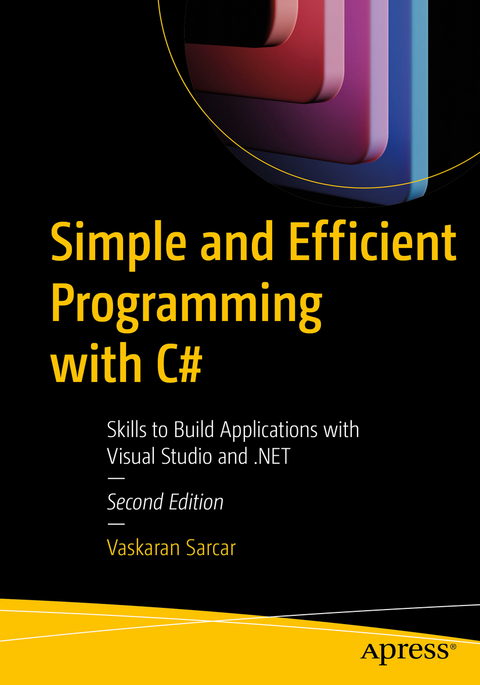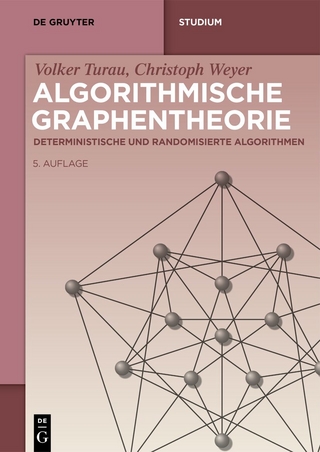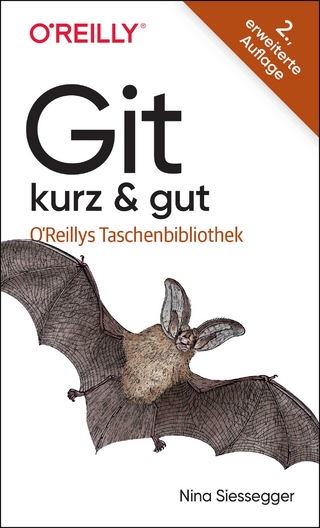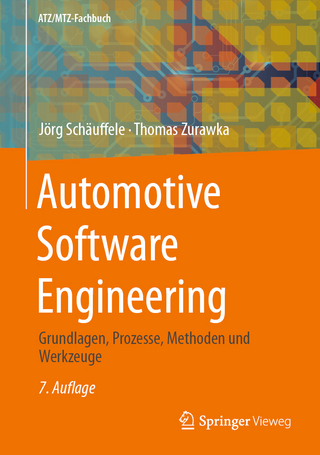
Simple and Efficient Programming with C#
Apress (Verlag)
978-1-4842-8736-1 (ISBN)
This revised edition is updated with C#11 and places more emphasis on the newly introduced top-level statements. Additionally, you will find useful techniques and an explanation of the differences between writing code in two different styles. It also covers the new templates introduced in .NET 6, along with usage of .NET 7 in Windows 10 to write code and generate output.
Each chapter opens with an introduction and original application written in C# 11 so that you can jump right into coding. From there, you are guided through an expected output and taught best practices along the way. Author Vaskaran Sarcar emphasizes extending and maintaining the same program and he demonstrates examples for different scenarios to make your program more efficient and effective.
This book is divided into five parts. The first part starts with a detailed discussion of polymorphism. It then shows you how to make proper use of abstract classes and interfaces, and teaches you to discern which technique to use for a specific scenario. Discussions on code comments teach you how to use them effectively, and why you need to be careful with code comments.
In the second part you will learn six design principles, including SOLID and DRY principles. These are the foundation of well-known design patterns, and they establish practices for developing software with considerations for maintaining and extending as a project grows.
The third part walks you through methods to make efficient applications. You will learn the common use of factories to separate code from its opposite and the alternative of inheritance using object composition and wrappers. This part also demonstrates the use of template methods, hooks, and facades in programming.Hints show you how professional coders develop an enterprise application.
Better handling of exceptions and null values is another integral part of professional programming, which the fourth part explores in detail. This will help you become a more professional programmer.
In the final part of the book, you will learn about effective memory management techniques and the use and misuse of design patterns. This part also briefly discusses how to decide between a static method and an instance method and other techniques.
After reading this book, you will be able to implement best practices to make your programs more effective and reliable.
What Will You Learn
Analyze alternative solutions before implementation by comparing pros and cons
Make polymorphic code perform better
Know the side effects of bad/redundant comments
Understand the significance of the SOLID and DRY principles
Add features using wrappers
Redefine steps without altering the calling sequence of an algorithm
Use hooks in your application
Convert a complex system into a user-friendly system using facades
Run your application in .NET 6
Who Is This Book ForDevelopers with a basic knowledge of C#.
Vaskaran Sarcar obtained his Master of Engineering degree in software engineering from Jadavpur University, Kolkata (India) and an MCA from Vidyasagar University, Midnapore (India). He was a National Gate Scholar (2007-2009) and has more than 12 years of experience in education and the IT industry. Vaskaran devoted his early years (2005-2007) to teaching at various engineering colleges, and later he joined HP India PPS R&D Hub Bangalore .He worked there until August, 2019. At the time of his retirement from the IT industry, he was Senior Software Engineer and Team Lead at HP. To follow his dream and passion, Vaskaran is now an independent full-time author. Other Apress books written by Vaskaran include: Design Patterns in C# second edition, Getting Started with Advanced C#, Interactive Object-Oriented Programming in Java second edition, Java Design Patterns second edition, Interactive C#, Interactive Object-Oriented Programming inJava, and Java Design Patterns. And other books he authored include: Python Bookcamp (Amazon, 2021), and Operating System: Computer Science Interview Series (Createspace, 2014).
Part I: Fundamentals.- Chapter 1: Flexible Code Using Polymorphism.- Chapter 2: Abstract Class or Interface?.- Chapter 3: Wise Use of Code Comments.- Part II: Important Principles.- Chapter 4: Know SOLID Principles.- Chapter 5: Use the DRY Principle.- Part III: Make Efficient Applications.- Chapter 6: Separate Changeable Code Using Factories.- Chapter 7: Add Features Using Wrappers.- Chapter 8: Efficient Templates Using Hooks.- Chapter 9: Simplify Complex Systems Using Facades.- Part IV: Handling Surprises in a Better Way.- Chapter 10: Organizing Exceptions.- Chapter 11: Special Attention to Null Values.- Part V: The Road Ahead.- Chapter 12: Memory Management.- Chapter 13: Analyzing Memory Leaks.- Chapter 14: More Tips.- Appendix A: Winning Notes.- Appendix B: Resources.
| Erscheinungsdatum | 01.12.2022 |
|---|---|
| Zusatzinfo | 44 Illustrations, black and white; XXIV, 313 p. 44 illus. |
| Verlagsort | Berkley |
| Sprache | englisch |
| Maße | 178 x 254 mm |
| Themenwelt | Mathematik / Informatik ► Informatik ► Software Entwicklung |
| Schlagworte | best practices C# • C# • C# 9 • C# programming • .NET • .NET 6.0 • .NET 7 • .NET Core • programming |
| ISBN-10 | 1-4842-8736-3 / 1484287363 |
| ISBN-13 | 978-1-4842-8736-1 / 9781484287361 |
| Zustand | Neuware |
| Informationen gemäß Produktsicherheitsverordnung (GPSR) | |
| Haben Sie eine Frage zum Produkt? |
aus dem Bereich


